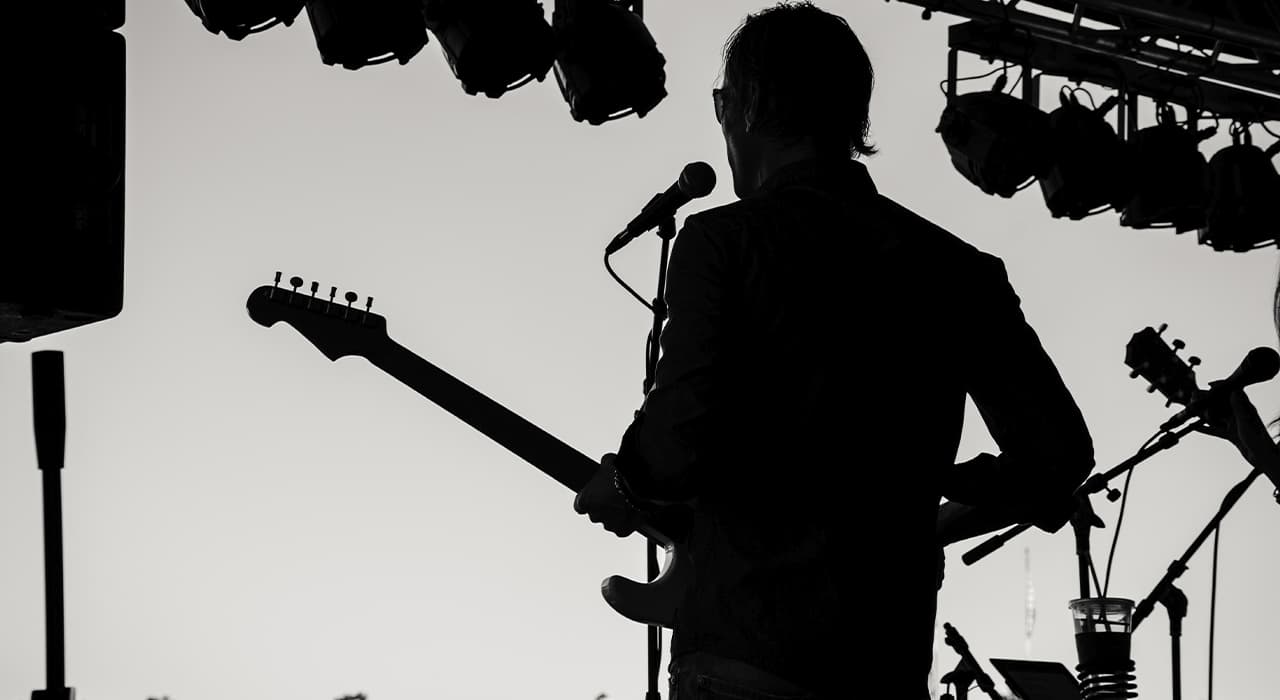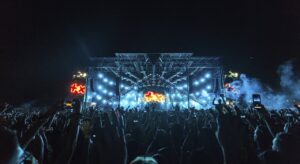The success of a concert depends on the artist. At the beginning it seems that the best strategy is to find a popular performer. He has a large fanbase, so you don’t have to worry about whether you can get a full house.
Organizing a concert of a famous performer, you, indeed, take less risk – there are statistics on previous performances, reaction to clips, fan communities on the Internet. You can understand how actively people go to his art, and predict the success of the event.
But often a famous artist = high demand that needs to be met. If somewhere you do not reach the right level, the concert, of course, will not cancel, but also do not want to cooperate in the future.
Let’s figure out how to choose the right artist.
See who’s trending. Examine the charts on iTunes, Genius, Shazam, look at what tracks are popular on YouTube. That way you can see which artists and songs are in demand right now. Trying on those who are in the TOP is risky from the get-go, because you might fail and put an end to your career as an organizer. Start with little-known artists, and as you gain experience, move on to more steep.
Analyze an artist’s activity. Do not blindly trust the charts. It’s important to analyze other parameters, such as how many concerts per year the artist gives. If there are a lot of them, it is likely that the musician is paying off.
It is necessary to study the “demand for the artist” in a particular city. Then parsing the audio: see how many people and where exactly are buying tickets for a particular artist. If in your city the artist is not in demand, do not take risks. Also do not consider cities with a population under 500,000 people, where the risk of a concert falling through is much higher.
Once you’ve chosen the one you want to work with, you have to:
Negotiate a fee. Here there are two options: a fixed fee and a percentage of the profits. The terms depend on the particular artist. Usually, novice performers work for a flat fee. “Stars” prefer to work for a percentage, because they are confident that they will gather a full room.
Study the rider. This is a list of the artist’s requirements. It can be of two types: technical, which contains a list of necessary equipment, requirements for light, sound, etc., domestic – wishes for food, class hotels and rooms, the number of bottles of water in the dressing room, etc. Sometimes in the rider can write something “out of the ordinary”. For example, require a few thousand bottles of water. Most often this is a test: if the organizer does not ask questions and does not object, most likely, he did not read the rider carefully enough.
The most famous story of this kind is the demand to remove all the brown M&M’s from the plate in the dressing room, which was contained in the rider of the hard rock band Van Halen. The band’s shows were elaborate, with many special effects, so technical compliance played a key role in how the concert would go.
If a simple request was ignored by the organizer, there was a risk that he would treat the others the same way, which put the event in jeopardy.
Once you’ve decided on an artist and agreed on the terms, you can sign the contract and move on to calculating the budget.



